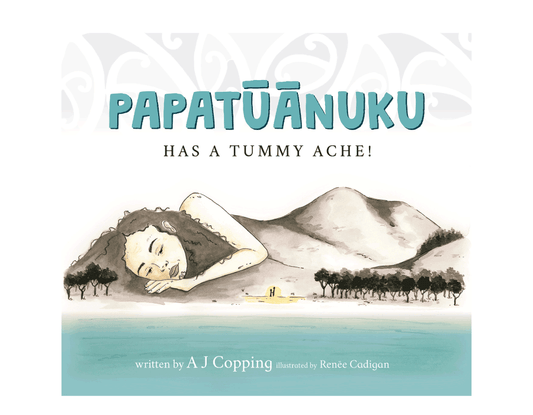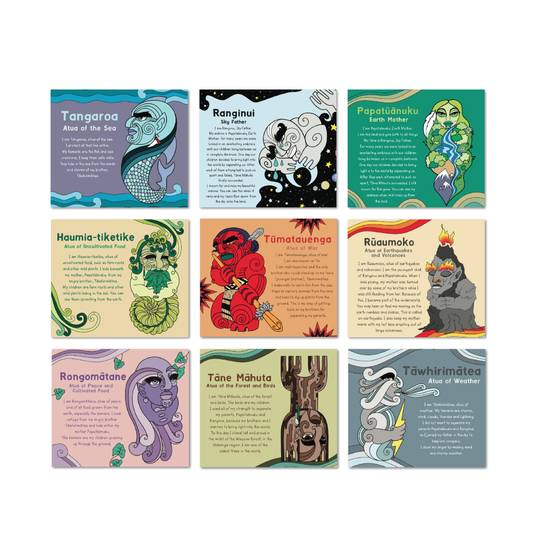International Earth Day is a great occasion in ECE, to facilitate meaningful experiences, fostering awareness and appreciation for Papatūānuku and te taiao. Earth Day activities are not just fun; they are an imperative tool to introduce sustainability, nature appreciation, and encouragement for our tamariki to learn to become kaitiaki o te taiao. Start your planning now to ensure a memorable experience for tamariki. Here are 10 engaging and practical activities that blend purposeful play with a profound message of care for papatūānuku and te taiao.
1. Plant a Seed
Encourage a love for nature by facilitating a planting activity in your ECE setting. The tamariki could plant a seed in a small pot, which they can take home and watch grow. Discuss the lifecycle of plants and the role they play in supporting life on Earth. This simple project not only teaches tamariki about te taiao but also about responsibility and patience as they care for their seedling.
2. Nature Art
Let tamariki express their love for Papatūānuku through art. Provide them with various natural materials like leaves, flowers, and twigs, and let them create beautiful pieces of artwork using only these items. Discuss the unique qualities of each material and how they contribute to the beauty of nature.
3. Treading Lightly on Papatūānuku
Step into a storytelling session that focuses on Papatūānuku. Connect her importance to te taiao, teaching why it’s essential to tread lightly upon her. Help the children understand that every action, big or small, has an impact on te taiao and that we are all kaitiaki, guardians of the land. Promote a collective appreciation for papatūānuku and inspire actions that care for her.
4. Nature Scavenger Hunt
Set up a nature scavenger hunt. Provide the children with a list of items to find, such as leaves, flowers, rocks, and different kinds of soil. This activity will create a connection to the Papatūānuku and foster a sense of discovery. Tamariki will learn to appreciate the diversity of te taiao in their own surroundings.
5. Kakahu of Sustainability
Engage in a collective weaving project that reflects the concept of korowai /kakahu – Māori cloaks, symbolizing protection and responsibility towards the earth. Have tamariki weave with traditional harakeke (flax) or with repurposed materials to create a "kakahu of sustainability." This represents the interconnectedness of all elements in nature and the importance of maintaining harmony. Here is a Karakia for Harakere
6. Ephemeral Art
Lead tamariki in creating ephemeral art masterpieces that reflect upon Papatuūānuku and her fleeting beauty. Gather natural materials from your ECE's surroundings (a beach, forest, or park). Use flowers, leaves, pebbles, and twigs to create non-permanent art that showcases the splendour of nature and the necessity to preserve it. This activity not only celebrates te taiao, but also encourages creativity and resourcefulness with found materials.
7. Make a Manu Feeder
Teach children the importance of wildlife conservation by making bird feeders with them. Use materials like pinecones, peanut butter, and birdseed to create a simple feeder that can be hung in the ECE setting's outdoor space. This activity will not only provide a food source for birds but also teach children about the interconnectedness of all living things.
8. Community Clean-Up
Involve the local community by organizing a clean-up event. Take the tamariki to a nearby park or beach, and have them pick up rubbish while discussing the impact of pollution on Papatūānuku.. This activity will show children that they have the power to make a positive change in their surroundings and inspire them to take action.
9. Story Shelving with Messages about Papatūānuku
Set up a "story shelving" space within your ECE, filled with books and resources about Papatūānuku, sustainability, and caring for the planet. Encourage tamariki to "take a message from Papatūānuku," symbolised by a leaf, stone, or other natural object. This interactive space serves as a physical reminder of the tales and teachings that tamariki can carry with them.
10. Maramataka and Earth Day
Explore the Māori lunar calendar, Maramataka, by discussing the different nights of the Moon cycle and their relation to Earth Day. Look at Maramataka as both a guide to planting and a reflection of Māori philosophies regarding the natural world. Aligning the lunar cycle with Earth Day can foster in tamariki a sense of being in tune with nature's rhythm.
These activities bring together Western and indigenous perspectives, honouring the Papatūānuku from a multitude of cultural angles. The shared themes of interconnectedness, stewardship, and respect for te taiao not only embody the spirit of Earth Day but also weave a narrative that consistently threads through ECE, regardless of special occasions or focused units.
Celebrate Papatūanuku's Richness
Celebrate Earth Day as an opportunity to enrich your curriculum and tamariki perspective with te ao Māori values. By engaging in such activities, you're not just celebrating Papatūanuku on Earth Day. You are setting the stage for a lifelong appreciation and commitment to sustainability among the future leaders of our planet.
With Earth Day right around the corner, there’s no better time to start planning these activities. Check out our top rauemi below ensure your Earth Day is both impactful and memorable for you and your ECE community.




